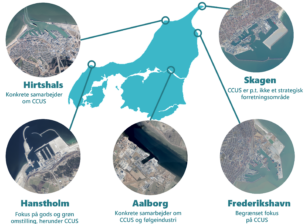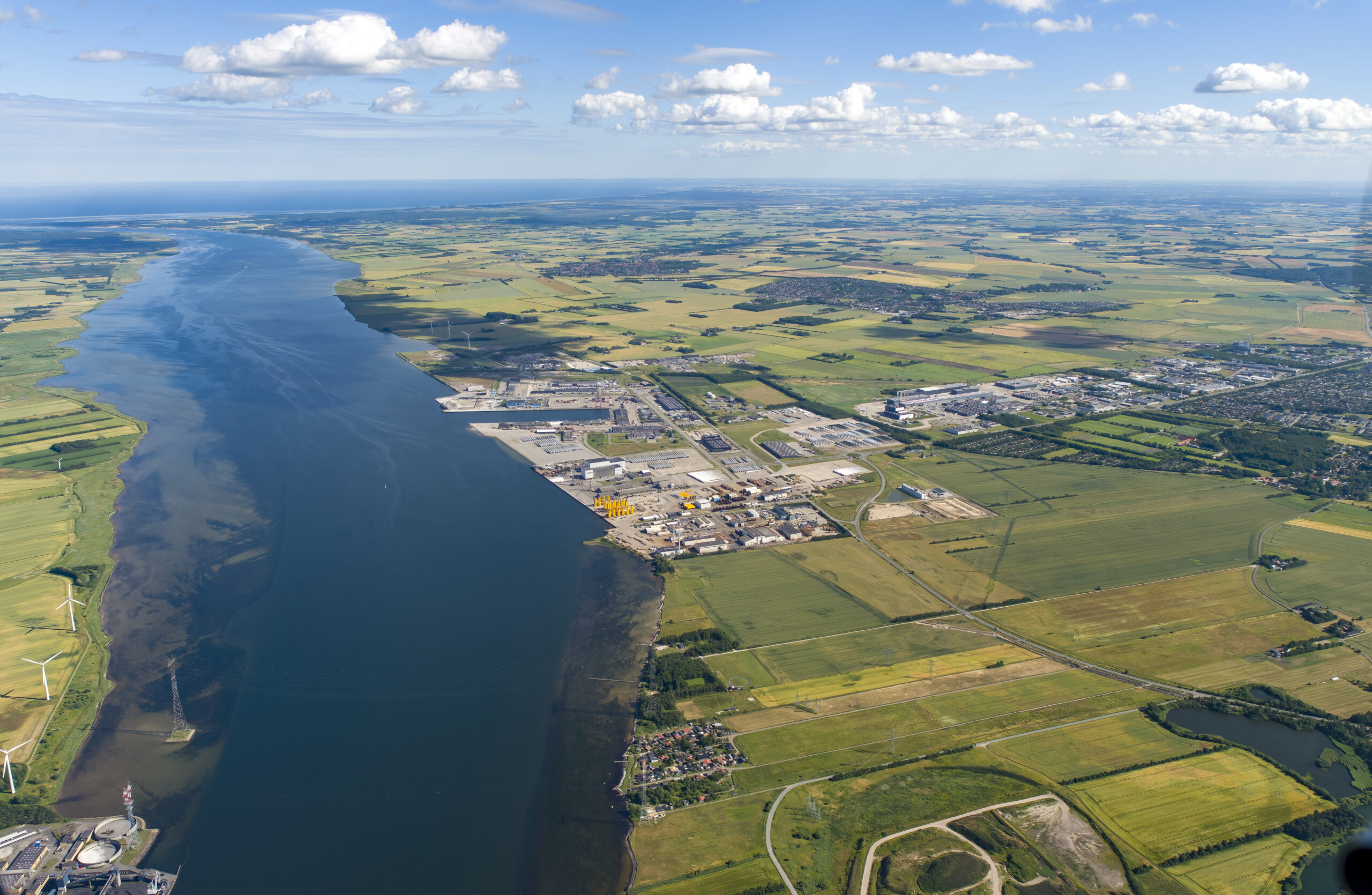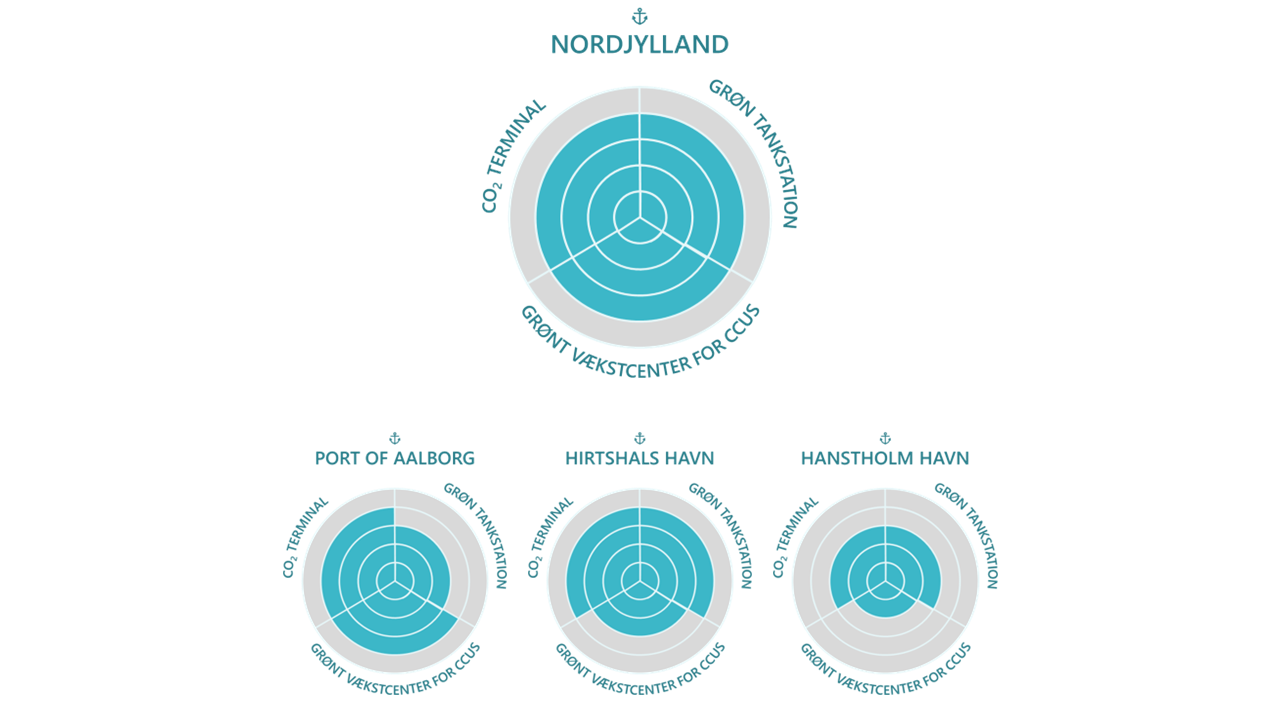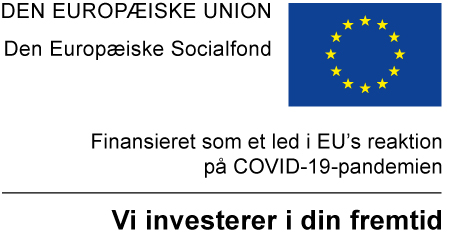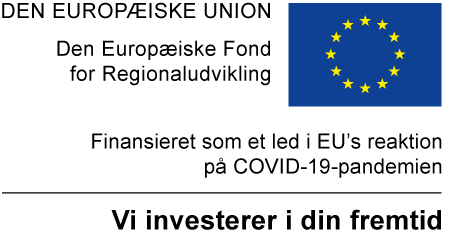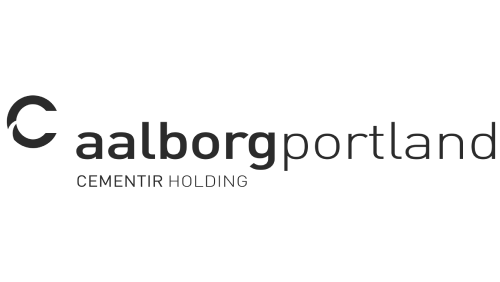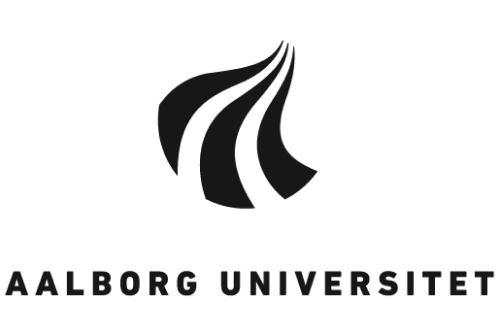The Port of Hirtshals will be a CO2 hub
In Hirtshals, they are very satisfied with the results of the analysis, and emphasize that it is important to cooperate across the North Jutland ports:
"The analysis shows that there is enormous potential in the North Jutland ports when it comes to CCUS and CCS. It is important that we work together to create the necessary framework conditions so that the ports become focal points for the new, green industries that will arise in the coming years," says director of Hirtshals Havn Per Holm Nørgaard.
In Hirtshals you have a good location in terms of storing CO2 in the North Sea, and under the umbrella Greenport Scandinavia, which is a collaboration between e.g. Hirtshals Havn, Aalborg Portland, Ineos, Evida, Wintershall and Biocarb are already collaborating on the capture and storage of CO2 from 2025. In addition, there are plans for a CO2 pipeline from Aalborg to Hirtshals.
Port of Aalborg bets on Power-to-X
At the Port of Aalborg, great potential is seen in the ancillary industry for CCUS, including a business park and test center for manufacturers of technology, components, etc. to CCUS. In particular, the green fuels of the future play a major role at the Port of Aalborg, which has recently received a demonstration plant for the production of e.g. hydrogen and e-methanol. The facility was developed at Aalborg University, and at the Port of Aalborg it can be scaled up and included in a larger test center on the port's premises.
At Port of Aalborg, there is no doubt that North Jutland has a position of strength within CCUS:
"It is a good and thorough analysis of the potential of the North Jutland ports. It supports that if we stand together across competences and geographies, we in North Jutland have a position of strength where we can eventually take a leading role in the green transition.
We are confirmed that it is right to bet on both PtX, the green fuels of the future and CO2 storage. Right now, we are particularly well prepared to take on the role of green growth center for CCUS – here, our partners in particular are the furthest ahead.
We house many green companies that work within this agenda and more are on the way, and the analysis gives a good overview of where in the region our common strengths are and what we at the Port of Aalborg can particularly offer new and existing companies, ” says CEO at Port of Aalborg Kristian Thulesen Dahl.
Facts about the analysis
The analysis was prepared by NIRAS on behalf of the North Jutland business lighthouse CO2Vision. The analysis creates an overview of the overall potential for CCUS at Frederikshavn Harbour, Hanstholm Harbour, Hirtshals Harbour, Port of Aalborg and Skagen Harbour, and sheds light on which roles the ports can play in this regard.
Definition of CCUS
– A term that describes different methods of capturing CO2, either directly from the emitter or from the atmosphere
– The CO2 can be used as an ingredient for the production of synthetic fuels for e.g. planes and trucks, for chemicals, building materials, etc.
– If the CO2 is not used for new purposes, it can be stored in geological reservoirs, either on land or in the sea.
- CCUS is currently the only technology that can deliver extensive emission reductions, especially within industries that are difficult to reduce, e.g. the cement industry.
CO2Vision is the North Jutland business lighthouse, which aims to make North Jutland an international pioneer region for CO2 capture, use, transport and storage in 2030.
CO2Vision consists of various projects and initiatives with a focus on test and demonstration sites, training and analysis with the aim of making North Jutland an international pioneer region for the green industry of the future.
The consortium behind CO2Vision consists of: Aalborg Portland A/S, Aalborg University, the University of Applied Sciences UCN, Energy Cluster Denmark, Green Hub Denmark, Arbejdsmarkedskontor Midt/Nord, Evida, Norddanmarks EU-Kontor, Business Region North Denmark and Erhvervshus Nordjylland.
Contact
Mette Høj Ravnborg, Project Manager CO2Vision, Green Hub Denmark. Tel. 2520 0205
Mette Larsen, Communications Consultant, Green Hub Denmark. Tel. 2520 1568
